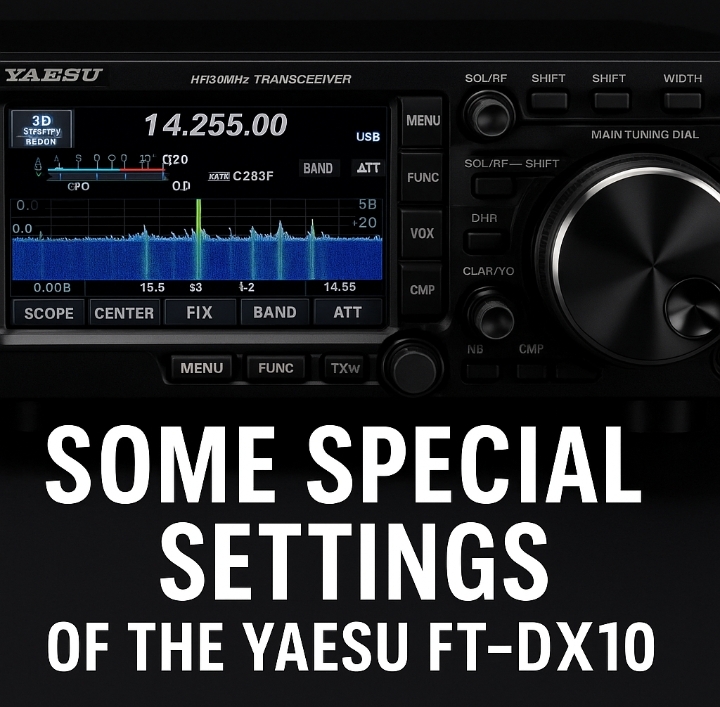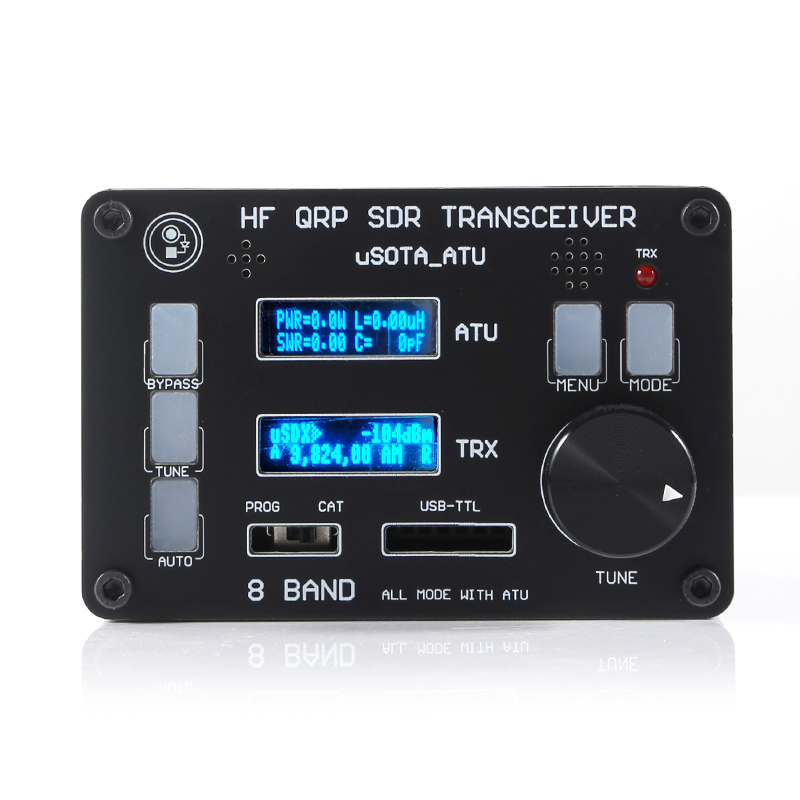If you’ve ever tried to access a repeater with your ham radio and been met with silence—or worse, a rejection beep—you’re not alone. One of the most common stumbling blocks for new and even experienced hams is not using the correct transmit tone, often referred to as a CTCSS (Continuous Tone-Coded Squelch System) or PL (Private Line) tone. Without the correct tone, the repeater simply won’t acknowledge your signal.
In this post, we’ll walk through everything you need to know about transmit tones, why they’re needed, and—most importantly—how to find and set the correct tone to get on the air with confidence.
What Is a Transmit Tone?
A transmit tone is a subaudible frequency (typically between 67.0 Hz and 254.1 Hz) that your radio sends along with your voice transmission. Most repeaters are configured to only allow access when they detect the correct tone. This prevents unwanted signals, interference, or accidental key-ups from triggering the repeater.
There are two primary types of tones in use:
- CTCSS (PL tones): Analog tones used to access repeaters.
- DCS (Digital Coded Squelch): Digital codes used instead of analog tones on some systems.
This post will focus on CTCSS tones, which are more common among FM analog repeaters.
Why Do Repeaters Use Tones?
Using a CTCSS tone is like having a secret handshake. Repeaters do this to:
- Prevent unintentional transmissions from opening the repeater.
- Reduce interference from other nearby signals on the same frequency.
- Control access to the repeater for specific groups or users.
If your radio isn’t sending the correct tone, the repeater won’t transmit your signal to others, even though you might hear incoming audio from the repeater.
How to Find the Correct Transmit Tone
Finding the correct tone for a repeater can feel confusing at first, but once you know where to look, it becomes second nature. Here are the best ways to locate the tone you need:
1. Check the Repeater Directory
The most reliable place to find tone information is in a repeater directory, either in print or online.
- ARRL Repeater Directory: A popular printed directory that lists repeaters across the U.S., including their frequencies, offset, and required tones.
- Online Databases:
- RepeaterBook.com: One of the most comprehensive free directories, covering the U.S. and other countries.
- RFinder.net: A paid service with a powerful app and GPS-based repeater search.
- Local Club Websites: Many ham radio clubs post detailed repeater information on their websites.
When looking up a repeater, make sure to note:
- Frequency
- Offset (+ or -)
- Transmit Tone (also called “Tone”, “PL”, or “CTCSS”)
Example entry from RepeaterBook:145.210 (-) Tone: 123.0 Hz
This means you transmit on 145.210 MHz, with a -600 kHz offset, and a 123.0 Hz tone.
2. Use the VFO to Manually Try Tones (Brute Force Method)
If you’re trying to access a repeater that’s not listed anywhere or in a new area, you can use trial and error:
- Set your radio to the repeater’s receive frequency.
- Enable transmit tones on your radio.
- Try sending common tones (start with 100.0, 123.0, 131.8, etc.).
- After each transmission, pause and listen. If the repeater responds (you hear a courtesy beep or tail), you’ve found the right tone.
This method is slow but can work when other options fail.
3. Ask Local Hams or Monitor the Repeater
Sometimes the fastest way is simply to ask someone.
- Listen on the repeater’s frequency and make a call (e.g., “This is KJ7ABC listening, does anyone know the tone for this repeater?”).
- Join local ham Facebook groups, forums, or reach out via QRZ email.
Experienced locals can often give you the info right away.
4. Use Radio Scanning Features (Tone Scanning)
Many modern radios—especially models from Yaesu, Icom, Kenwood, and newer Chinese radios like Anytone—have tone scan functions. This allows your radio to listen to the repeater’s output and detect the decode tone, which is often the same as the transmit tone.
Steps to use tone scanning (varies by model):
- Tune to the repeater’s output frequency (listen mode).
- Activate tone scan from the menu.
- When someone transmits through the repeater, your radio will try to decode the tone.
- The detected tone is likely the required transmit tone (not always, but usually).
Note: Some repeaters don’t transmit a tone back (especially older ones), so this isn’t foolproof.
How to Set the Tone on Your Ham Radio
Once you know the correct tone, you’ll need to program it into your radio. Here’s how:
Manual Programming (VFO Mode)
- Enter the repeater’s receive frequency.
- Set the correct offset direction (+ or -).
- Enable “Tone” or “TONE ENC” mode.
- Select the correct CTCSS frequency (e.g., 123.0 Hz).
- Save it to a memory channel if desired.
Using Programming Software
If your radio supports programming via PC (e.g., CHIRP, RT Systems), you can input the tone into the appropriate field for the memory channel and upload it to your radio.
Tips for Smooth Operation
- Don’t guess the tone randomly in high-traffic areas. You might accidentally key up a repeater with a different tone.
- Use the lowest power when testing new tones to avoid interfering with other repeaters.
- Label your memory channels with the tone or repeater name to avoid confusion later.
- Update your programming regularly if repeaters change tone requirements (this happens more often than you might think).
Wrapping Up
Finding and using the correct transmit tone is essential to making successful contact through repeaters. Whether you’re traveling, trying out a new repeater, or programming your first handheld, knowing how to locate and set tones will save you a lot of frustration.
To summarize:
- Check RepeaterBook or ARRL directories for reliable tone info.
- Use tone scan features on your radio when available.
- Ask local operators—the ham community is usually eager to help.
- Program your radio correctly, either manually or using software.
With these tools and tips in your toolkit, you’ll be accessing repeaters confidently and making QSOs with ease.
Have a favorite method for finding tones or a story about tracking one down the hard way? Share it in the comments below!



